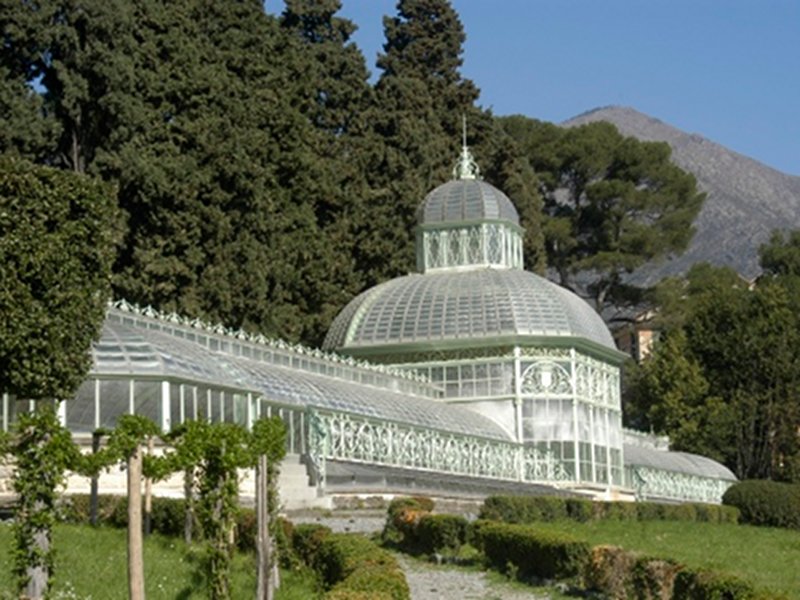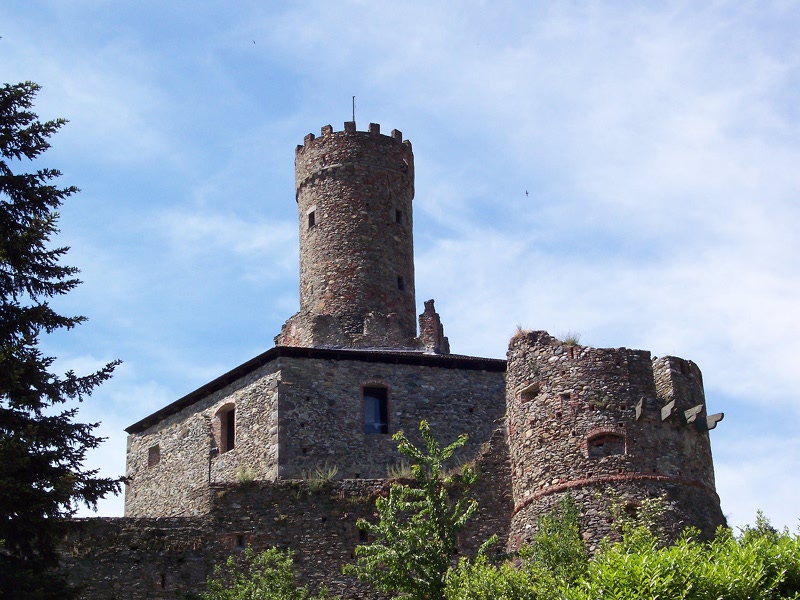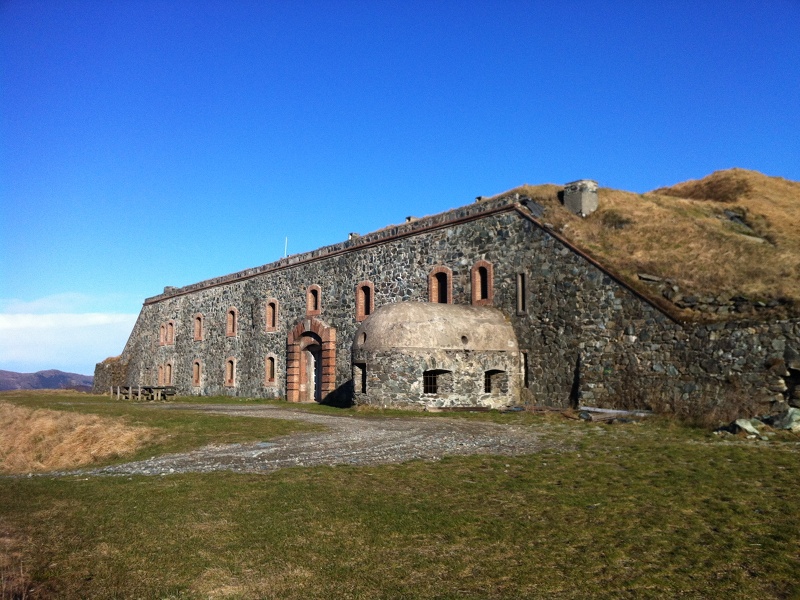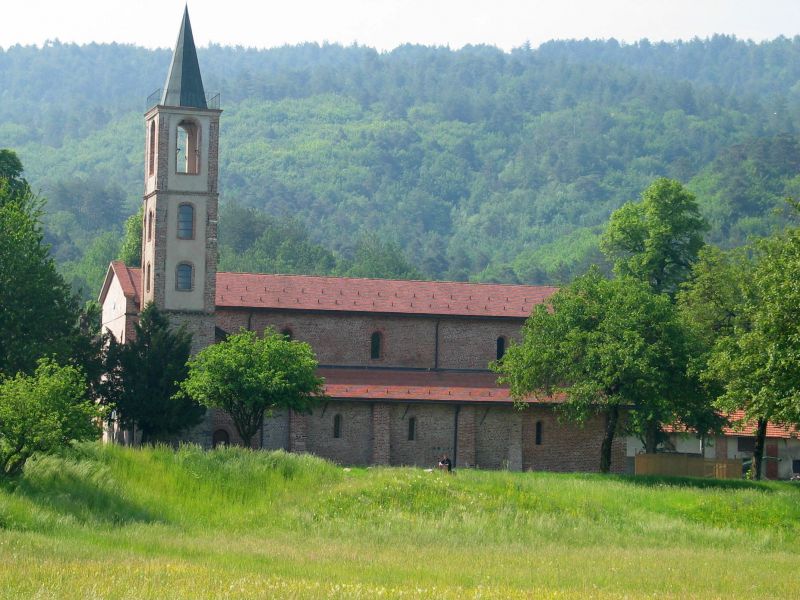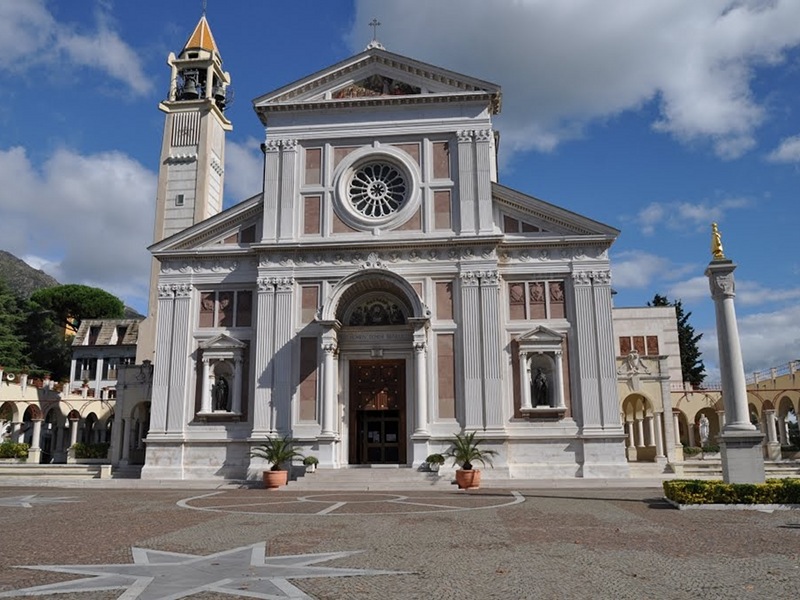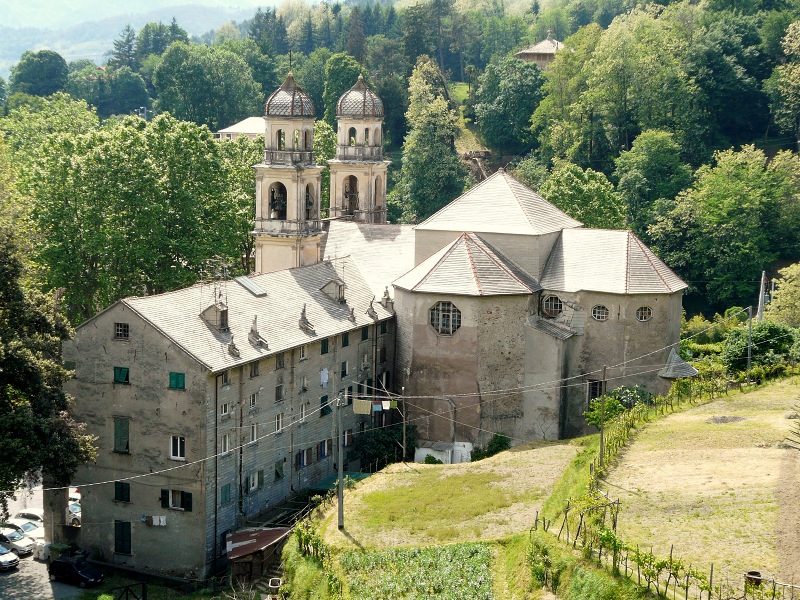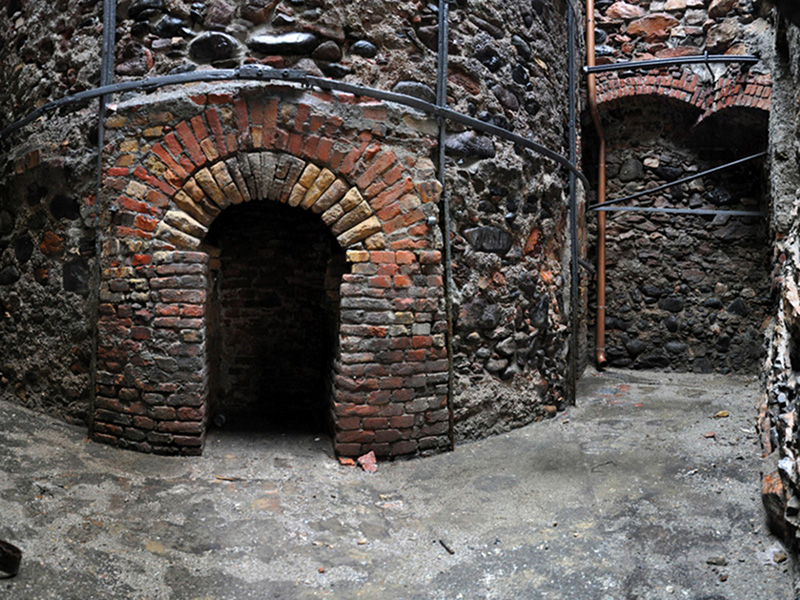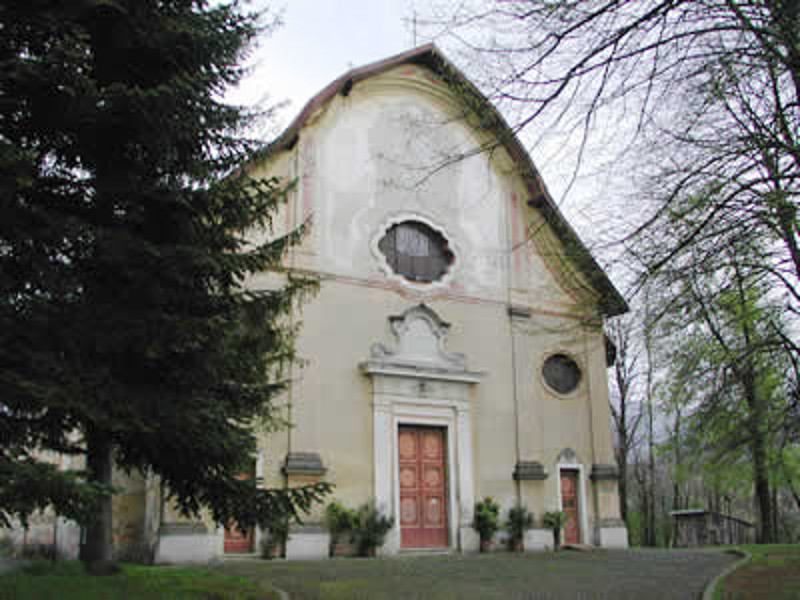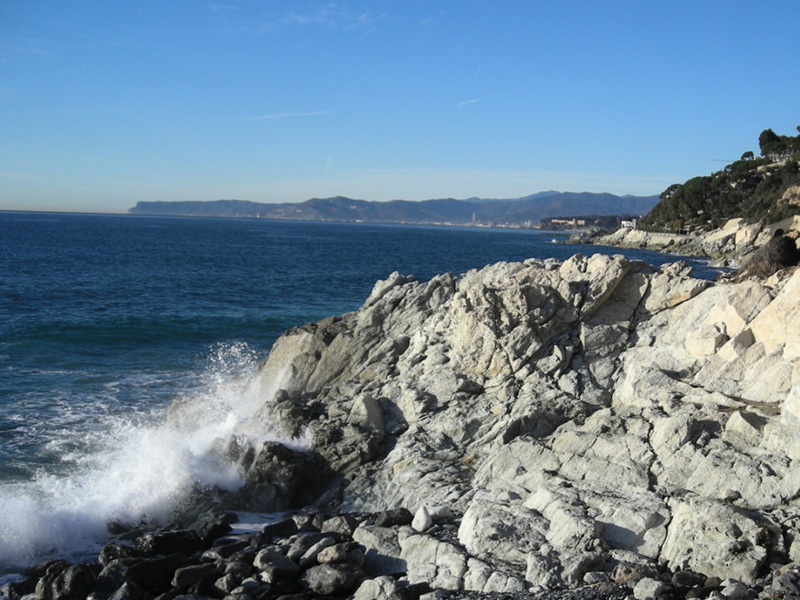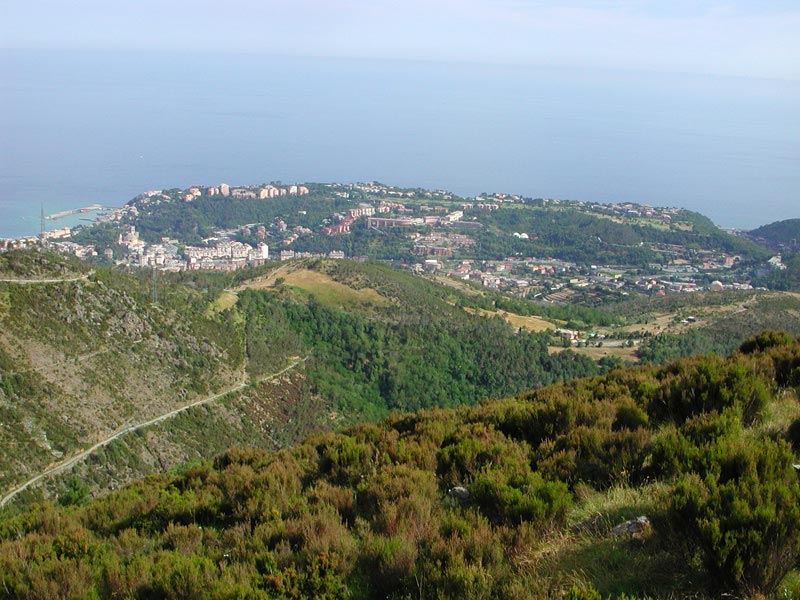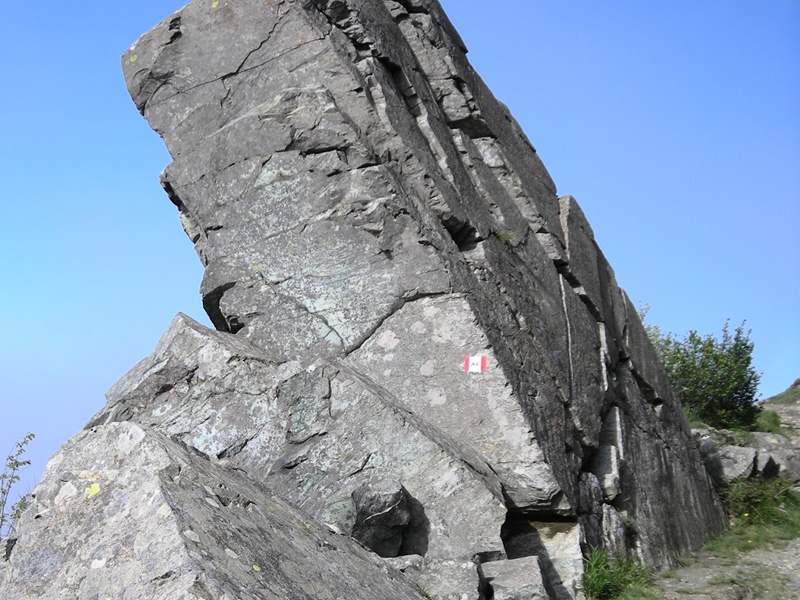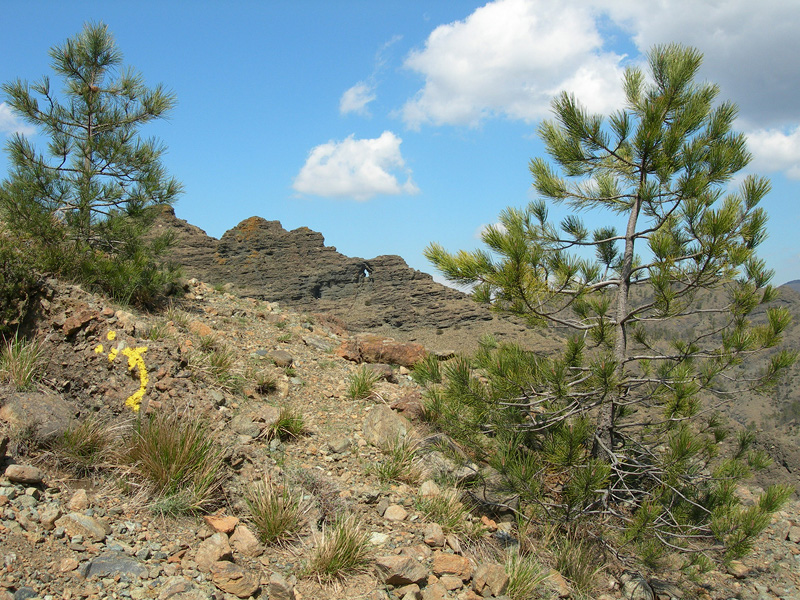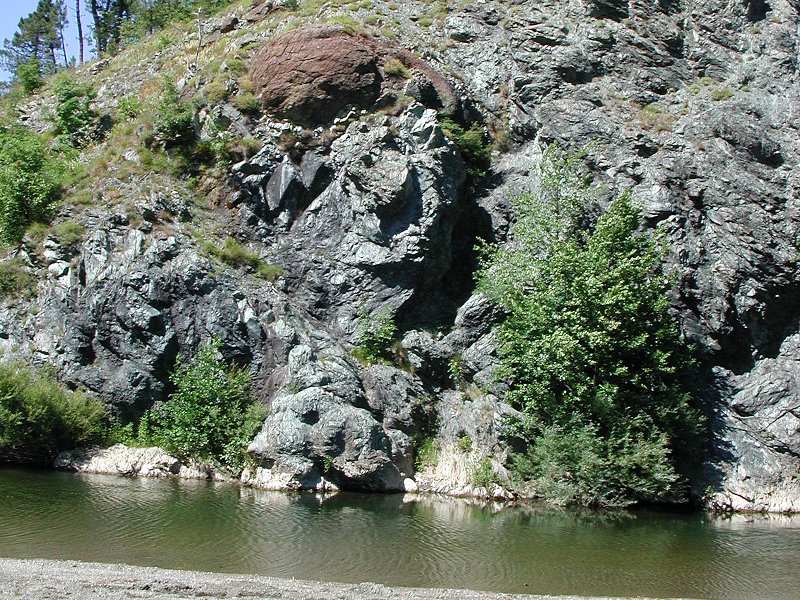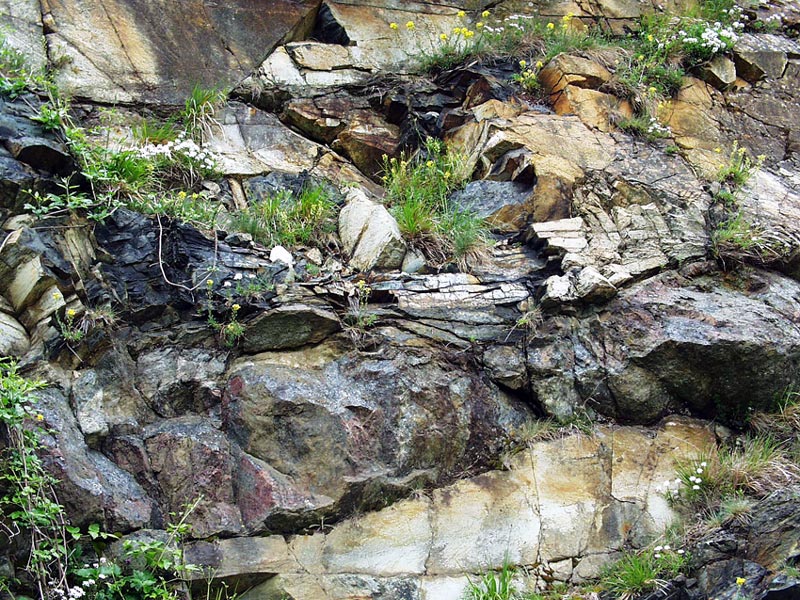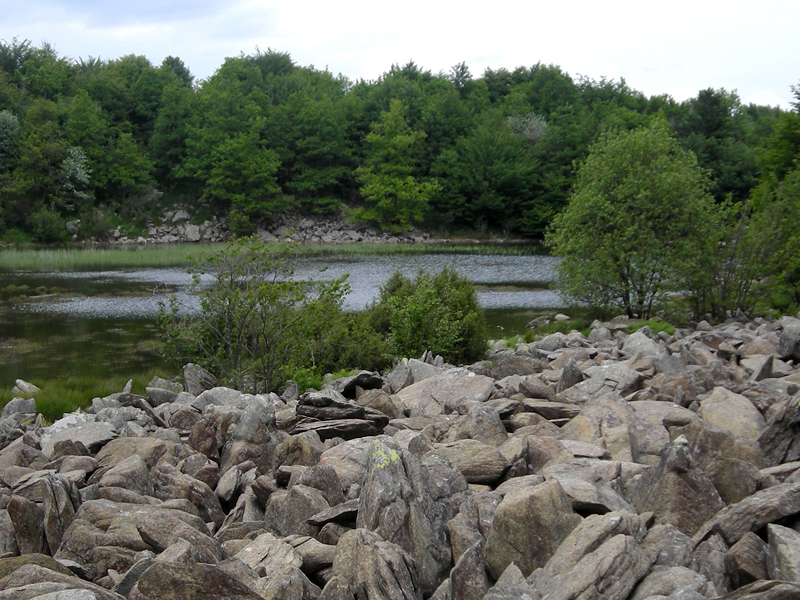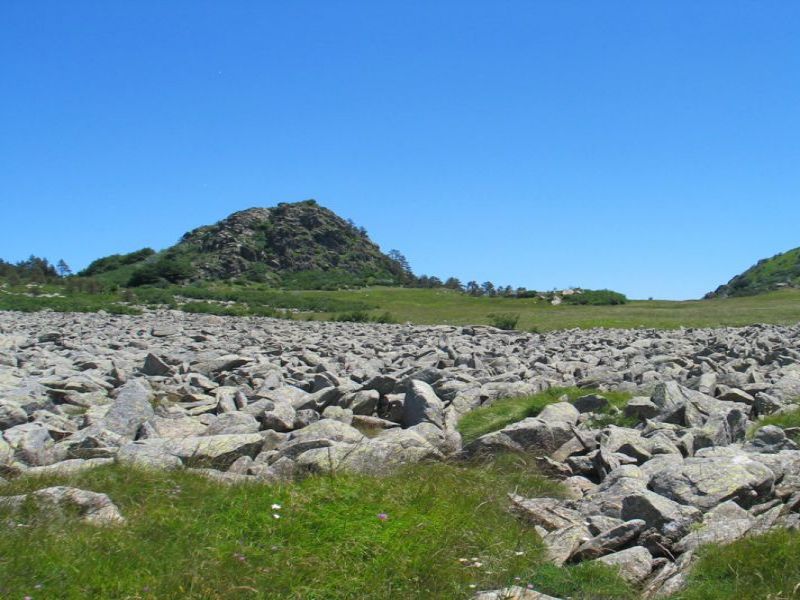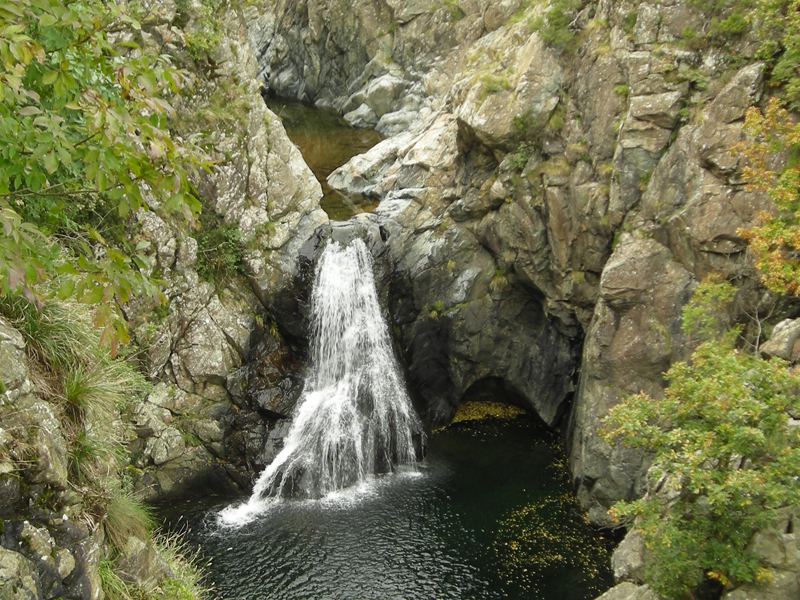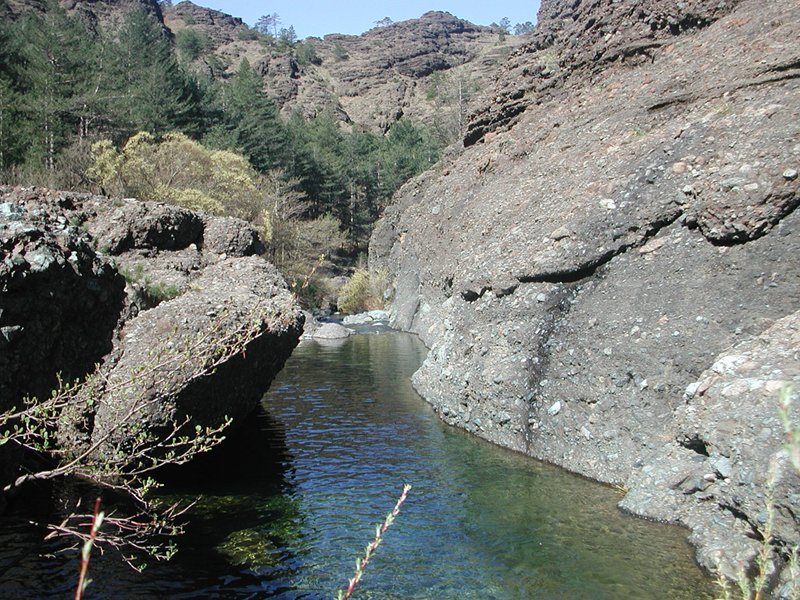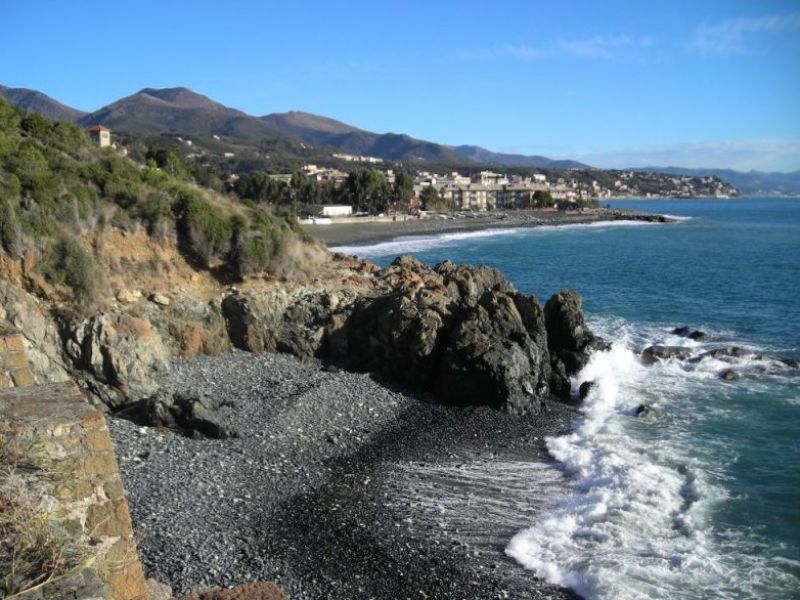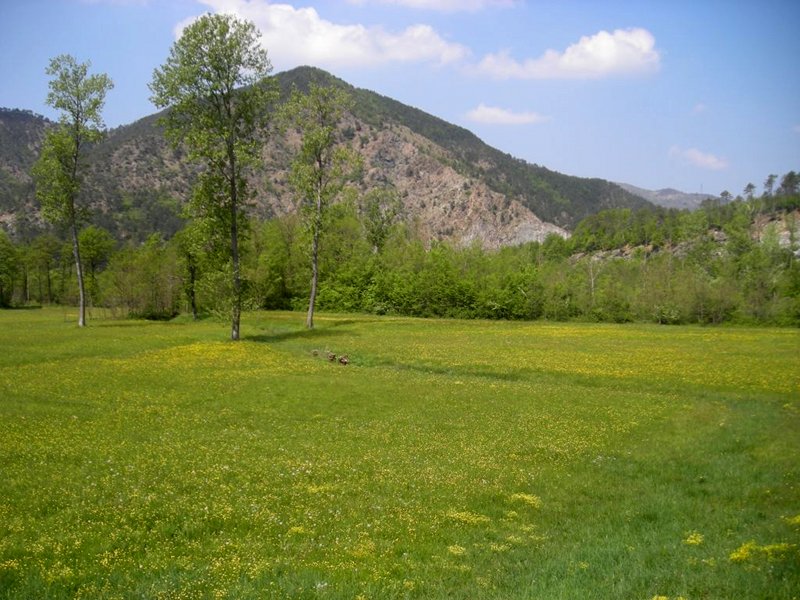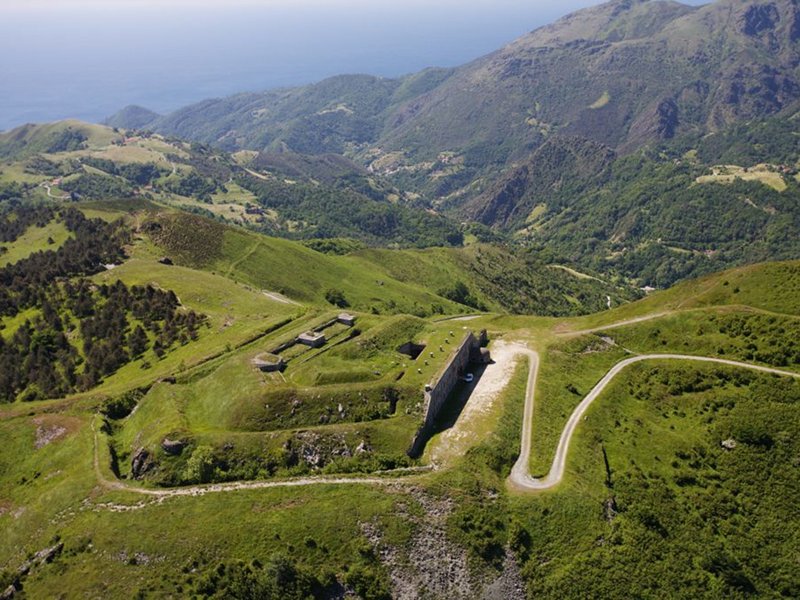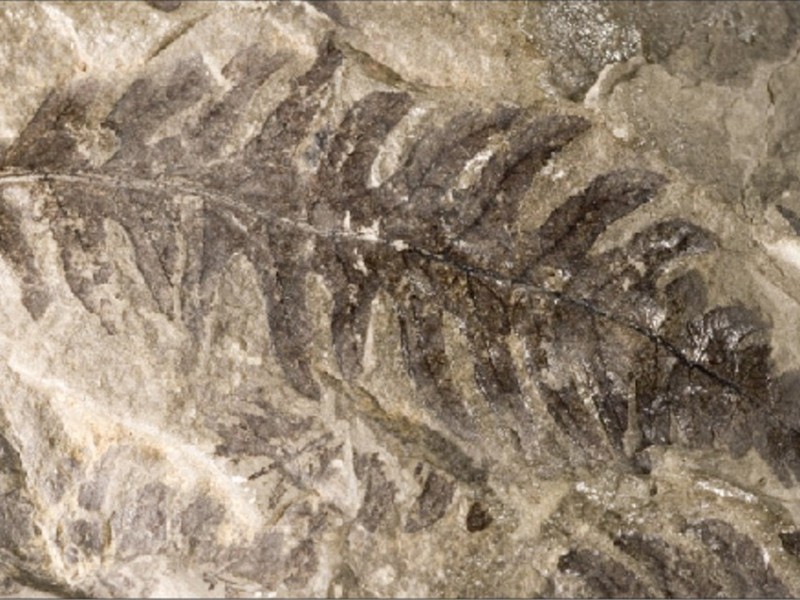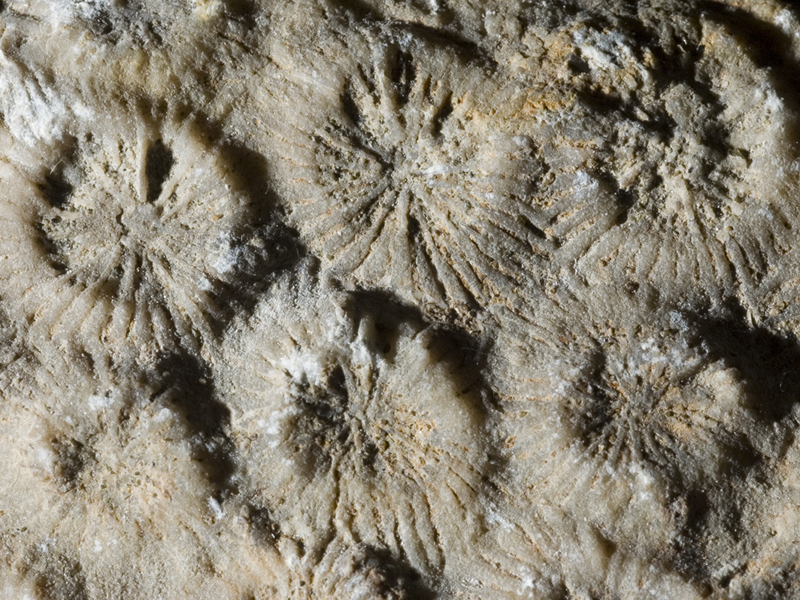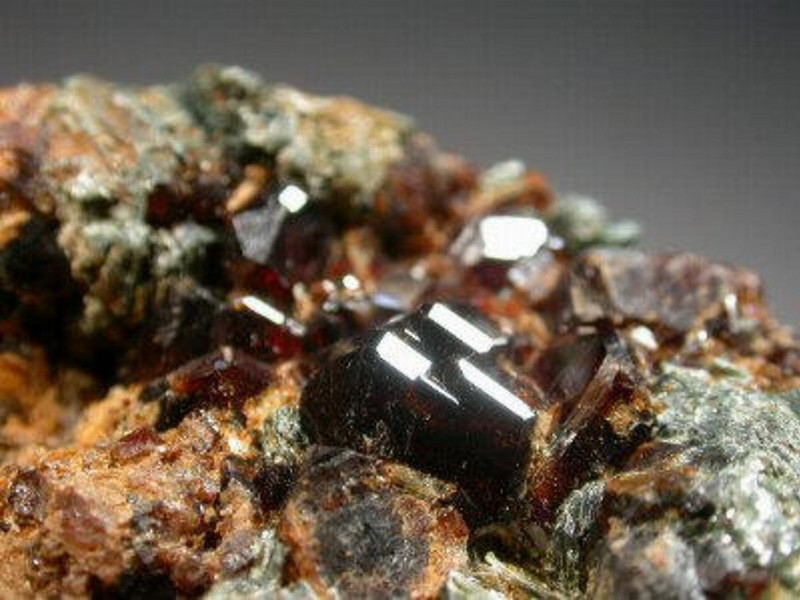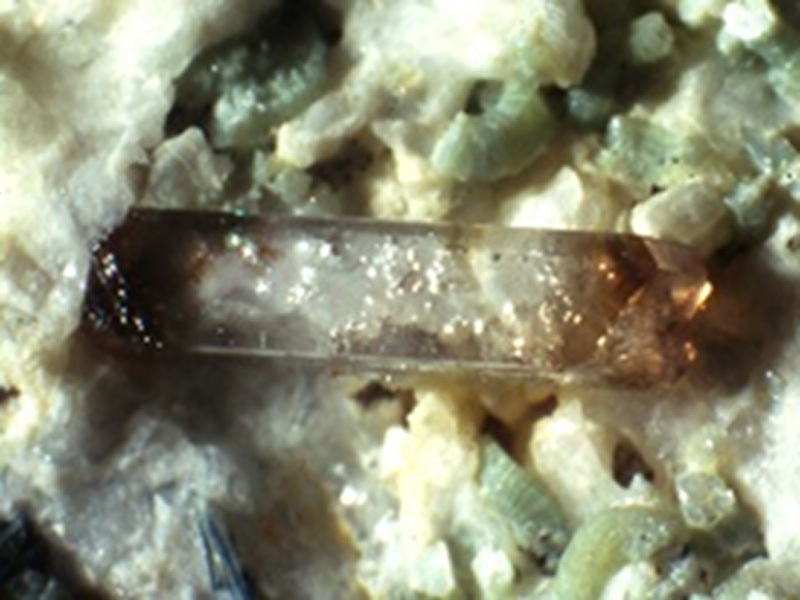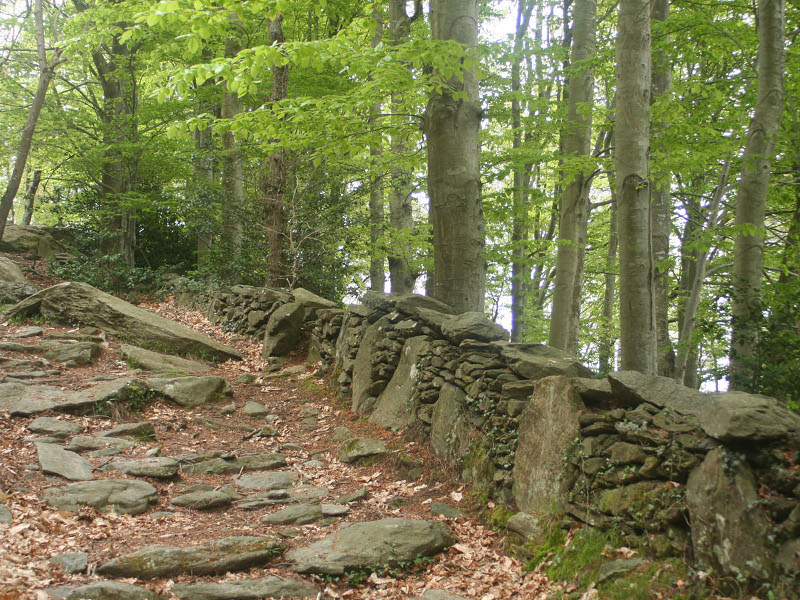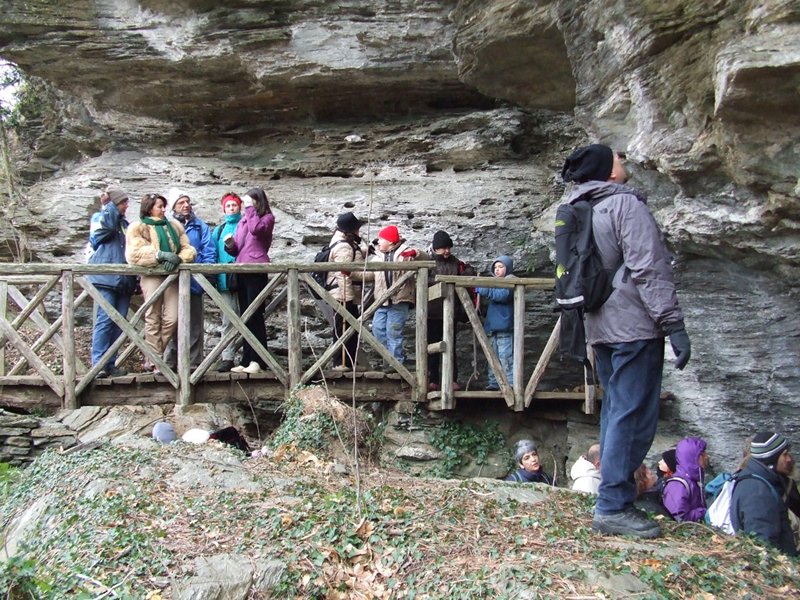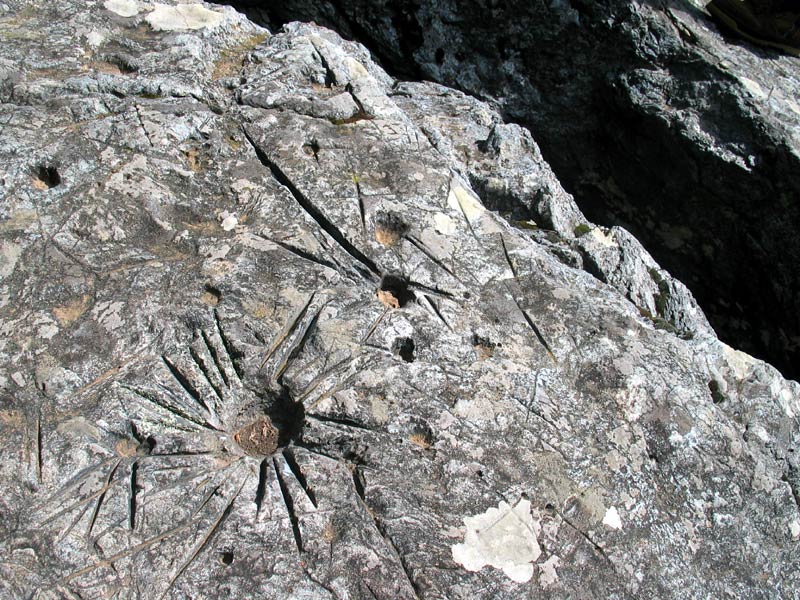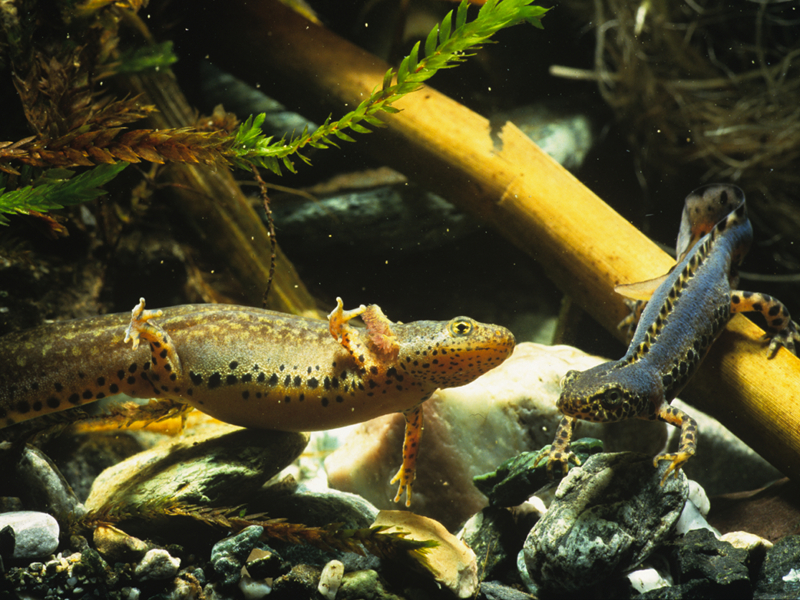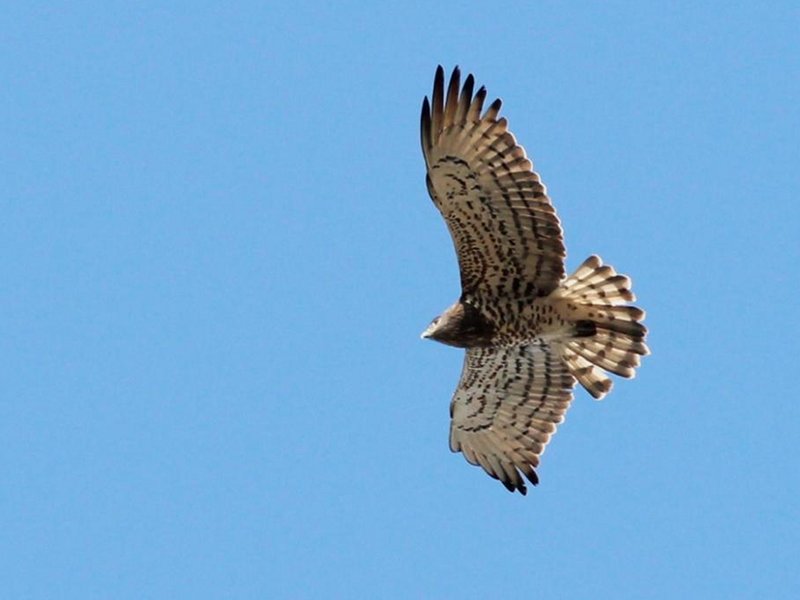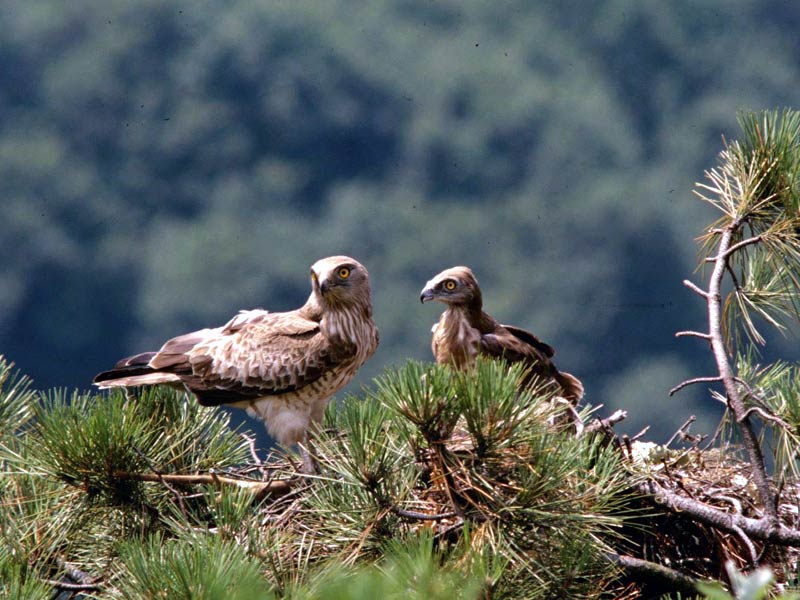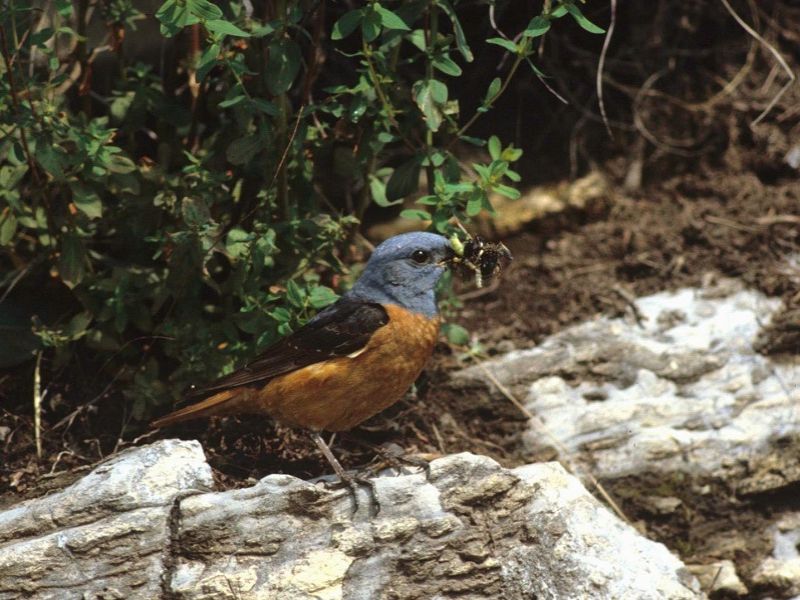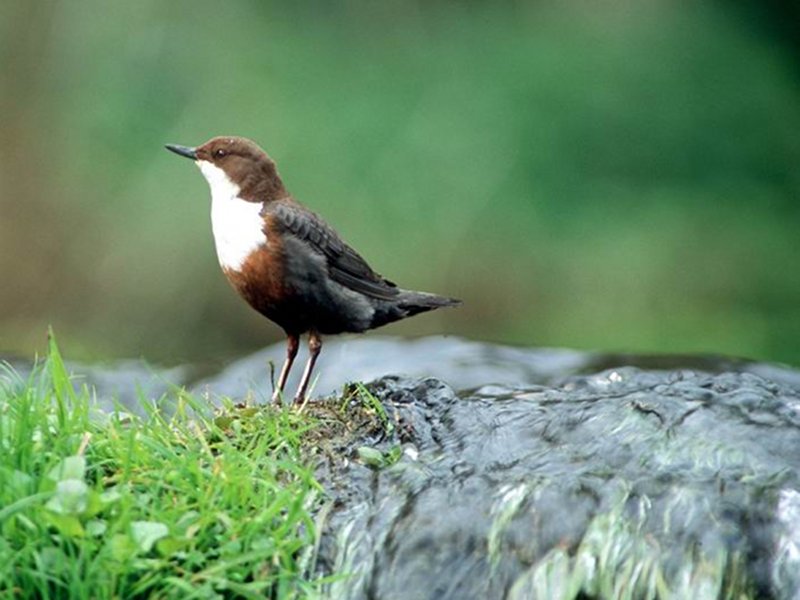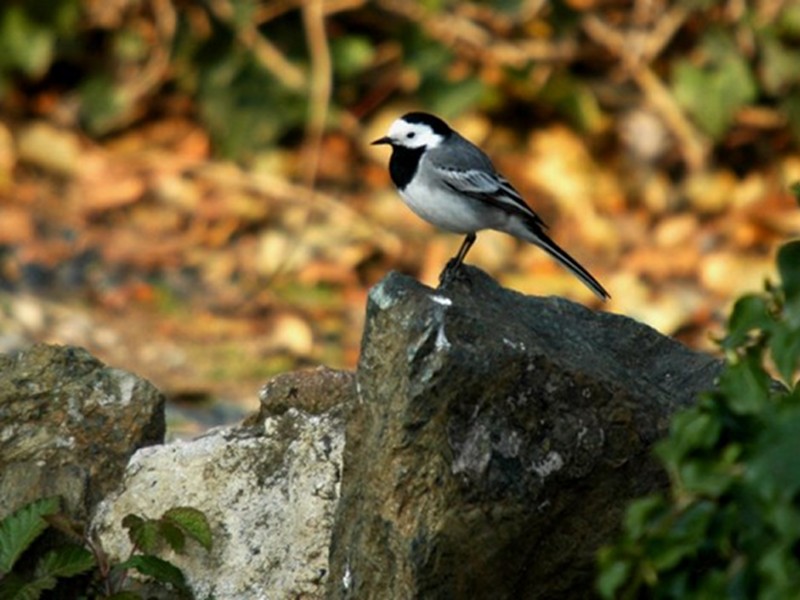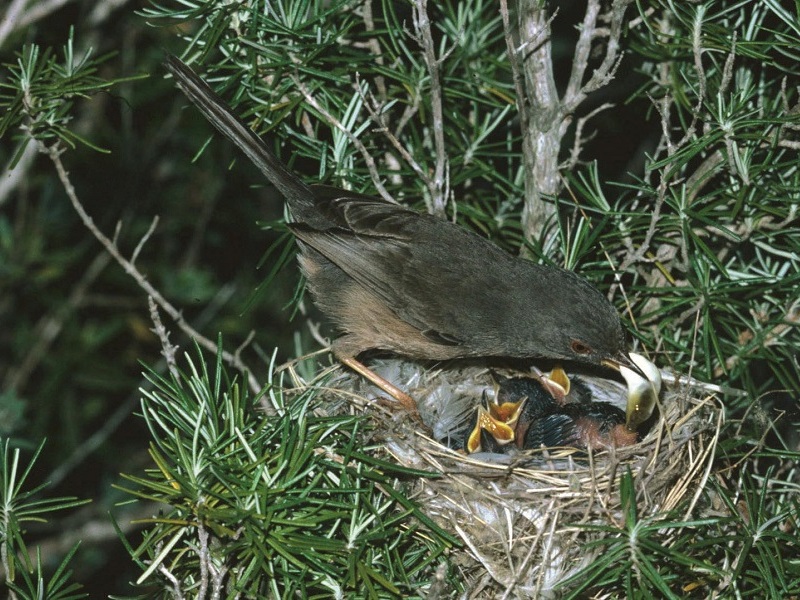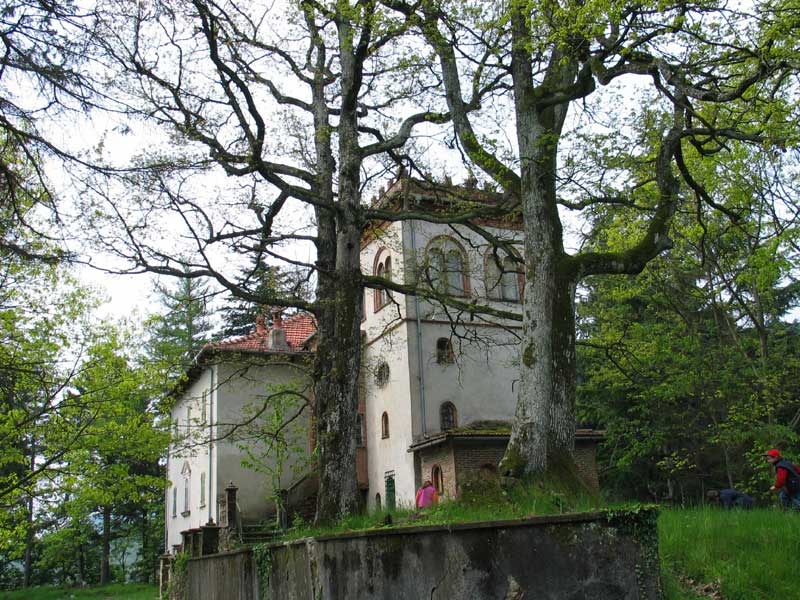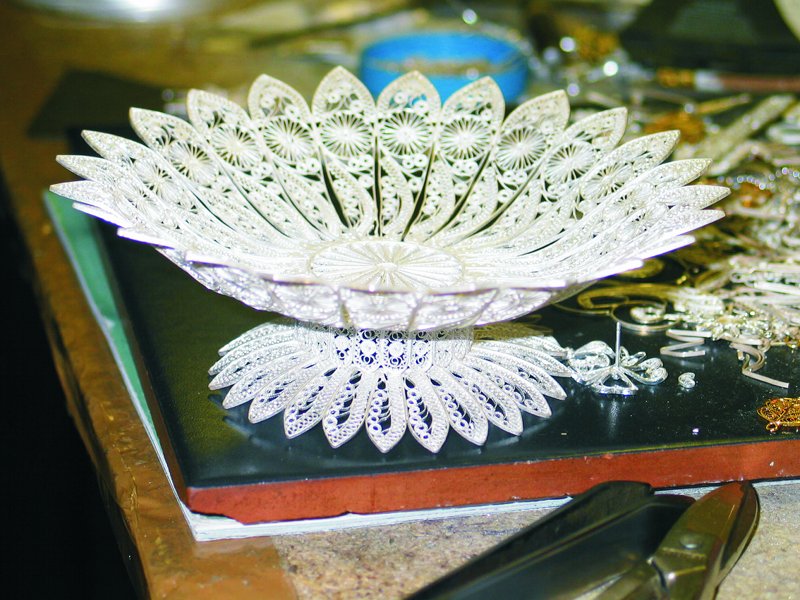Points of Interest
The Mountain Wetlands of the Park
They are extremely important environments both for their great naturalistic value and for the ecological role they play in the ecosystems of Beigua Park. These areas are ecosystems rich in different forms of life with a delicate balance creating very particular micro-environments in the whole territorial frame. The permanent presence of water running free or soaking the soil deeply influences the life of plants and animals and, before this, determines the origin of the area itself. They are mainly steady environments for long periods, in which traces of the paleoclimatic events happened thousand years ago are preserved. The geomorphological, hydrological, and biological features of the wetlands are so particular to arouse a great scientific interest and often also a highlight for a large public of nature-loving people. Among the most valuable wetlands we recall Torbiera del Laione which is the largest wetland of Beigua Park. Even if this area is a Strict Reserve for its great naturalistic values, you can visit it by going along the Nature Trail allowing the visit without creating damages for an environment of matchless beauty but great fragility.
The State Forests
In the Park there are three State Forests of great naturalistic value. The most extended (1,640 hectares) is Lerone Forest stretching between Arenzano and Cogoleto. It is characterized by large meadows and scenic cliffs of serpentine rocks. In the Municipality of Sassello, Deiva Forest (800 hectares) can be visited by following a ring-route crossing large artificial woodlands of spruce and Douglas firs, black and Scotch pines, along with mixed woodlands of English oaks and other broadleaf trees. In the forest there is also a country house called Bellavista Castle. Last but not least, Tiglieto Forest (740 hectares) involves the Municipalities of Tiglieto, Masone, and Campo Ligure and is characterized by an amazing variety of environments.
Filigree
The Art of filigree boasts a very long tradition, deeply rooted in the Municipality of Campo Ligure. The main feature of this processing consists of bending and braiding very thin golden or silver threads and uniting them where they meet with imperceptible weldings.
This technique, coming from the ancient East, has been adopted by the goldsmiths from Venice and Genoa. Nowadays, in Campo Ligure several craftsmen continue producing wonderful objects which you can admire in the Filigree Museum (Italian text), housing an extraordinary collection. Every year in Campo Ligure the Filigree National Fair is held: at its 37th edition, the exhibit houses stands where craftsmen display the best objects of the whole national production.




